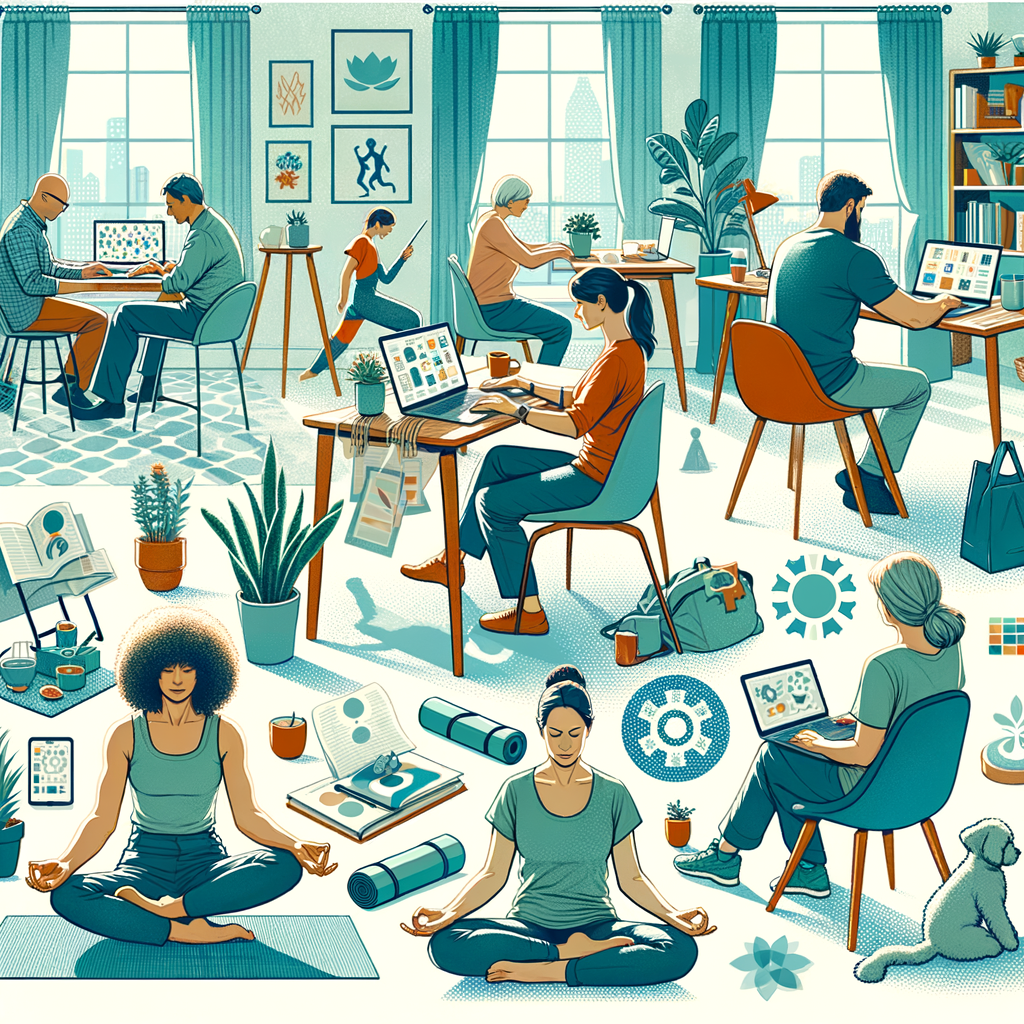The Importance of Setting Boundaries When Working Remotely
In recent years, the shift towards remote work has transformed the professional landscape. While this paradigm shift offers remarkable flexibility, it also presents unique challenges, particularly concerning boundaries. Establishing clear boundaries is vital for success and well-being in a remote work environment. This blog delves into why setting these boundaries is crucial and how to effectively implement them.
The Necessity of Boundaries
Remote work blurs the lines between personal and professional life. Without clear boundaries, individuals may find themselves:
- Working longer hours than necessary
- Experiencing burnout
- Struggling to disconnect from work-related tasks
- Facing difficulties in maintaining personal relationships
Establishing boundaries can prevent these issues and foster a more productive and satisfying work experience.
Benefits of Setting Boundaries
Setting boundaries when working remotely brings several advantages:
- Enhanced Productivity: Clear boundaries help you focus during work hours, making your time spent on tasks more effective.
- Improved Work-Life Balance: By defining work time and personal time, you can better manage your responsibilities and reduce stress.
- Reduced Burnout: Taking regular breaks and respecting personal time can significantly lower the risk of burnout.
- Better Mental Well-being: Setting boundaries allows space for self-care, resulting in a happier, more fulfilled individual.
How to Set Effective Boundaries
Setting boundaries requires intentionality and commitment. Below are several strategies to create and maintain effective boundaries while working remotely:
1. Define Work Hours
Establish specific work hours and communicate them clearly to your team and family. Creating a schedule helps you stay on track and signals to others when you are unavailable.
2. Create a Dedicated Workspace
Having a defined workspace can mentally separate work from personal life. Whether it’s a separate room or a specific area with minimal distractions, ensure it is solely for work-related tasks.
3. Use Technology Wisely
Utilize productivity tools and apps to manage your time effectively. Tools for project management, communication, and scheduling can help you stay organized and mindful of your time commitments.
4. Set Communication Guidelines
Establish clear expectations about communication. Decide which platforms to use for work-related discussions and respect personal channels for non-work interactions.
5. Prioritize Self-Care
Make time for self-care activities such as exercise, hobbies, and relaxation. Prioritizing these activities ensures that you are not solely focused on work, promoting a healthy balance.
6. Learn to Say No
It’s essential to recognize your limits and be willing to say no when necessary. Taking on excessive work can lead to stress and diminished productivity.
Challenges to Expect
While setting boundaries is immensely beneficial, it is not without challenges. Here are some common obstacles:
- Resistance from colleagues or family members
- Self-imposed guilt for taking breaks or days off
- Difficulty in maintaining discipline
Awareness of these challenges can prepare you to tackle them effectively.
Conclusion
In the evolving landscape of remote work, setting boundaries becomes more essential than ever. By implementing clear boundaries, working remotely can enhance both productivity and personal well-being. Remember, your work is important, but so is your health and happiness. So, take the necessary steps today to establish a balanced, fulfilling remote work experience.
There you have it… See what works for you…
Campbell M Gold
To Create Health, Wealth, Success, and Longevity through the Power of Your Subconscious Mind, Visit: Campbell M Gold.com
Visit The Store and see what else can be of help



























